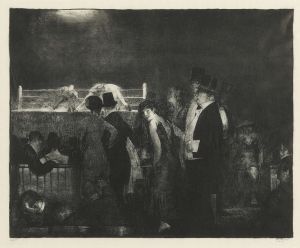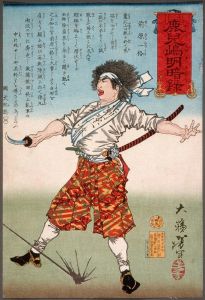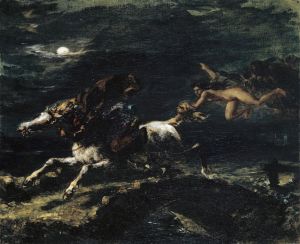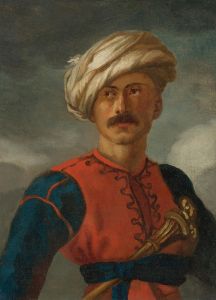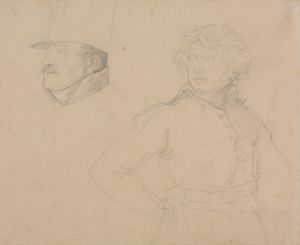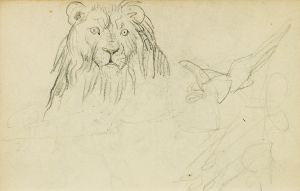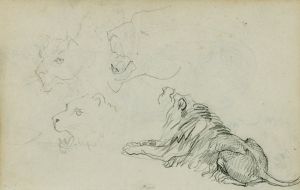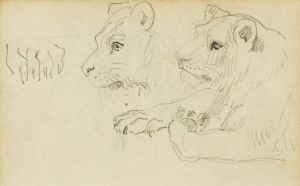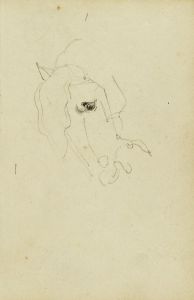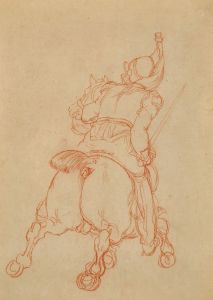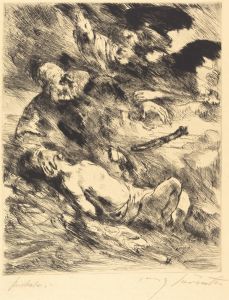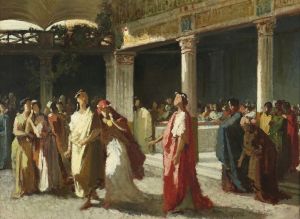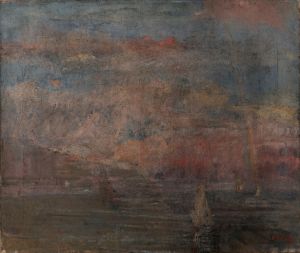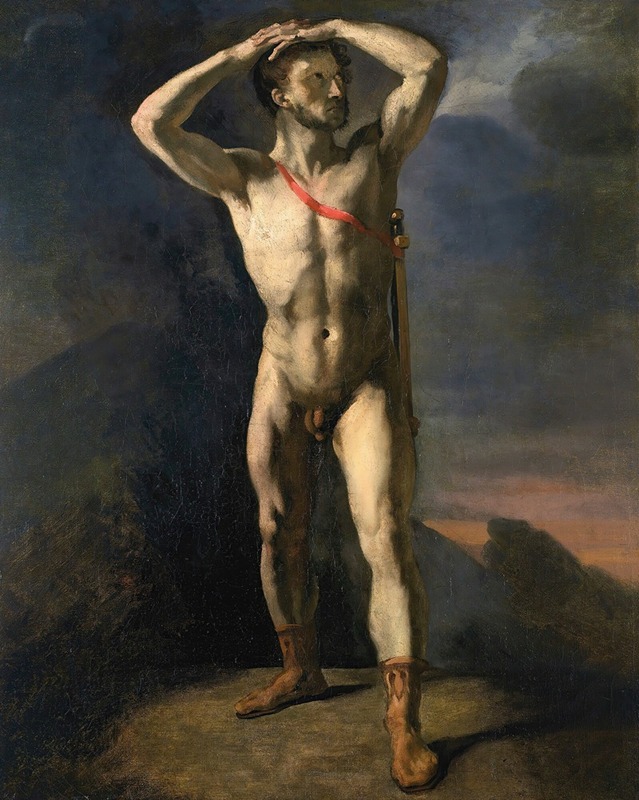
Académie d’homme nu au glaive
A hand-painted replica of Théodore Géricault’s masterpiece Académie d’homme nu au glaive, meticulously crafted by professional artists to capture the true essence of the original. Each piece is created with museum-quality canvas and rare mineral pigments, carefully painted by experienced artists with delicate brushstrokes and rich, layered colors to perfectly recreate the texture of the original artwork. Unlike machine-printed reproductions, this hand-painted version brings the painting to life, infused with the artist’s emotions and skill in every stroke. Whether for personal collection or home decoration, it instantly elevates the artistic atmosphere of any space.
Académie d’homme nu au glaive (Study of a Nude Man with a Sword) is a painting by the French Romantic artist Théodore Géricault (1791–1824). This work is an academic study, showcasing Géricault's mastery of the human form and his dedication to the rigorous training typical of artists in the early 19th century. The painting depicts a male nude figure holding a sword, rendered with dramatic lighting and anatomical precision.
Géricault is best known for his monumental painting The Raft of the Medusa (1818–1819), but he also produced numerous studies and smaller works that reflect his interest in the human body, movement, and emotion. Académie d’homme nu au glaive is an example of such studies, created during a period when academic training emphasized life drawing and the study of anatomy. Artists of Géricault's time often worked from live models to perfect their understanding of musculature and proportion, and this painting aligns with that tradition.
The figure in the painting is posed in a contrapposto stance, with one leg bearing the weight and the other relaxed, creating a dynamic sense of balance. The sword held by the figure adds a dramatic element, suggesting themes of heroism or conflict, though the work itself is primarily an academic exercise rather than a narrative piece. The use of chiaroscuro—strong contrasts between light and dark—enhances the three-dimensionality of the figure and highlights Géricault's skill in rendering texture and form.
The exact date of the painting is not definitively known, but it is generally attributed to Géricault's early career, likely during or shortly after his formal training at the École des Beaux-Arts in Paris. During this time, Géricault studied under prominent artists such as Pierre-Narcisse Guérin, who emphasized classical techniques and the importance of studying from life.
This work is part of Géricault's broader oeuvre, which often explored themes of human struggle, physicality, and the sublime. While Académie d’homme nu au glaive may not be as widely recognized as some of his larger compositions, it remains an important example of his technical skill and artistic development.
The painting is currently housed in a private collection, and its exhibition history is limited. As with many academic studies, it was likely intended as a personal exercise or a preparatory work rather than a finished piece for public display. Nevertheless, it provides valuable insight into Géricault's artistic process and the academic practices of his time.





